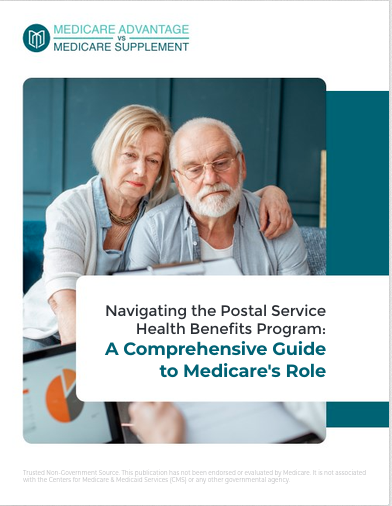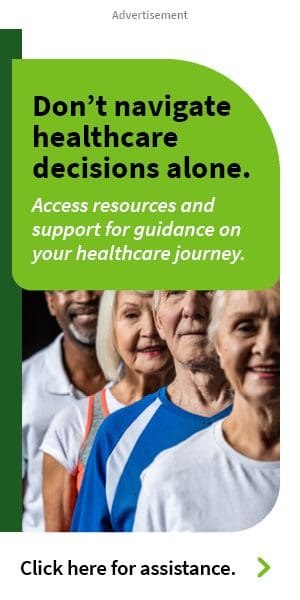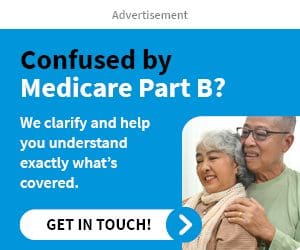Key Takeaways
-
Understanding Medicare Part D coverage is crucial when managing the cost of expensive medications. Knowing what to ask helps you maximize your benefits.
-
Coverage, costs, and timelines vary significantly, so it’s important to review plans carefully to avoid surprises.
What Does Medicare Part D Cover for Expensive Medications?
Medicare Part D offers prescription drug coverage, but understanding the extent of what it covers is essential when dealing with costly medications. Coverage includes brand-name and generic drugs, but each plan has a formulary—a list of covered medications. It’s worth checking if your specific medications are included and at what tier level, as tiers affect your out-of-pocket costs.
If your medication isn’t listed, you might need to discuss alternatives with your doctor or request a formulary exception. Keep in mind that coverage can vary yearly, so it’s a good idea to review your plan’s updated formulary each year during the Medicare Open Enrollment Period.
How Does the Medicare Part D Deductible Affect You?
In 2025, Medicare Part D plans can set a maximum deductible of $590, meaning you’ll pay the full cost of your prescriptions up to that amount before your plan starts covering a portion of the costs. However, some plans offer a lower deductible. For those relying on expensive medications, reaching the deductible threshold can happen quickly.
You should verify how your plan’s deductible works and whether it applies to all drugs or just those in certain tiers. It’s equally important to budget for this upfront cost, as you’ll need to cover it each calendar year.
What Happens After You Reach the Initial Coverage Limit?
Medicare Part D plans have an initial coverage phase during which you pay copayments or coinsurance for covered medications. In 2025, this phase lasts until your total drug costs (what you and your plan pay combined) reach $5,030. Once this limit is exceeded, you’ll enter the catastrophic coverage phase, as the coverage gap (donut hole) has been eliminated this year.
In the catastrophic phase, your plan covers 100% of your prescription drug costs for the remainder of the year after you’ve spent $2,000 out of pocket. This significant change in 2025 offers relief to those with high medication costs, but staying aware of these thresholds helps you plan financially.
Are Your Pharmacies Considered In-Network?
One crucial question is whether your preferred pharmacy is in-network. Medicare Part D plans often categorize pharmacies into preferred or standard tiers. Preferred pharmacies typically offer lower costs, whereas out-of-network pharmacies result in higher expenses or no coverage.
It’s wise to check your plan’s network annually and confirm that your pharmacy remains preferred. If not, you might want to consider switching pharmacies or plans during Open Enrollment.
What About Coverage for Specialty Medications?
Specialty medications, often used to treat complex conditions, can be extremely costly. Medicare Part D plans usually place these drugs in the highest tier, leading to higher out-of-pocket expenses. Plans often require prior authorization or step therapy—where you try less expensive medications first—before covering these drugs.
Review your plan’s approach to specialty drugs carefully. Contact your plan directly to understand any additional requirements and work with your healthcare provider to ensure you meet the criteria for coverage.
Do You Qualify for Extra Help?
Extra Help is a federal program designed to assist individuals with limited income and resources in covering the costs of Medicare Part D premiums, deductibles, and copayments. In 2025, those eligible can receive significant reductions in their out-of-pocket expenses, making expensive medications more affordable.
Eligibility is determined based on income and asset limits. If you’re unsure whether you qualify, consider applying through Social Security or contacting Medicare directly. Even partial assistance can help reduce your medication costs.
Are Prior Authorizations Required for Your Medications?
Prior authorization means your plan requires additional approval before covering certain medications. Expensive drugs are often subject to this process to ensure they’re medically necessary.
Understanding whether your prescriptions require prior authorization is vital. Check your plan’s formulary or contact your provider to confirm. If prior authorization is needed, your healthcare provider will need to submit documentation. Start this process early to avoid delays in getting your medication.
How Can You Manage Costs Throughout the Year?
Managing costs under Medicare Part D requires careful planning, especially if you’re on high-cost medications. Here are some strategies to consider:
-
Use Generics When Possible: Many generic drugs are significantly cheaper than their brand-name counterparts and are equally effective.
-
Request a Medication Review: Schedule an annual review with your doctor to see if there are more cost-effective options for your treatment.
-
Monitor Your Spending: Keep track of your total drug costs throughout the year to anticipate when you’ll reach different coverage phases.
-
Look for Discounts: Some pharmacies and drug manufacturers offer discounts or savings programs that can reduce your costs.
These proactive steps can help you avoid unexpected expenses and make the most of your coverage.
Tips for Choosing the Right Plan
When evaluating Medicare Part D plans, focus on the details that matter most for your situation:
-
Compare Formularies: Make sure your medications are covered at a reasonable cost.
-
Check Costs Beyond Premiums: Look at deductibles, copayments, and coinsurance to understand your total financial responsibility.
-
Review Coverage Phases: Familiarize yourself with the initial coverage limit and catastrophic phase thresholds.
-
Consider Your Pharmacy: Ensure your preferred pharmacy is in-network to avoid higher costs.
Medicare’s Open Enrollment Period is your chance to switch plans if your current one no longer meets your needs. Take the time to research thoroughly and use Medicare’s Plan Finder tool for personalized comparisons.
Making the Most of Medicare Part D
Understanding your Medicare Part D coverage can feel overwhelming, but asking the right questions helps you stay informed and prepared. Whether it’s navigating the deductible, ensuring your pharmacy is in-network, or planning for specialty drug costs, being proactive pays off.
Take advantage of resources like Medicare’s helpline or your State Health Insurance Assistance Program (SHIP) for additional guidance. With careful planning, you can manage expensive medications without breaking your budget.









